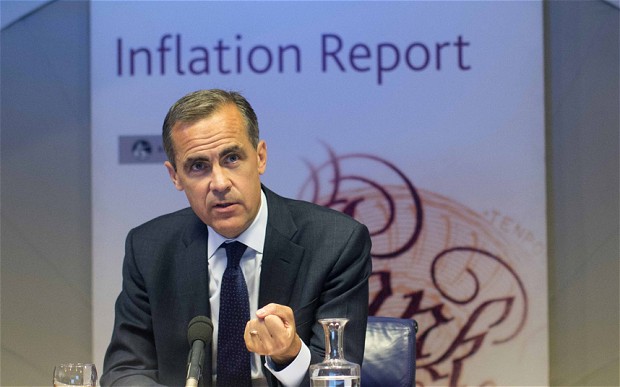The 2012 Q3 issue of the Bank of England Quarterly Bulletin is published today. It features a range of in depth articles on different aspects of the Bank’s remit.
One article discusses the distributional effects of the MPC’s asset purchases, or so called QE. It suggests that without the reduction in Bank Rate and the MPC’s asset purchases economic growth would have been lower and unemployment higher. The benefits of this highly accommodative monetary policy have not been shared evenly across households, however. Largely reflecting the low level of Bank Rate, rather than QE, some households have received lower income on their deposits, while some have paid lower interest on their debt. QE pushed up asset prices, in part reversing the large declines in equity prices seen earlier in the financial crisis. For a fully-funded defined benefit pension scheme, asset purchases are likely to have had a broadly neutral impact. Similarly, asset purchases are likely to have had a broadly neutral impact on the value of the annuity income that could be purchased with a personal pension pot. But some pension schemes have been adversely affected by the direct effects of QE, with defined benefit pension schemes that were already in substantial deficit before QE began being particularly affected. Those costs are more likely to be borne by shareholders and those in work, rather than by existing pensioners.
Another article considers UK ten-year government bond yields, which have recently fallen to historically low levels — as have yields in some other major economies. Real and nominal UK interest rates have fallen substantially from the start of the crisis, with implied expected inflation rates relatively unchanged. The Bank’s analysis suggests that risk premia account for less than a quarter of the fall in nominal yields relative to pre‑crisis averages. Despite the low level of real yields, the model estimates suggest that inflation expectations have not become less well anchored.
Separate analysis examines the inflation options market to assess investor’s belief about the likely distribution of future rates of inflation. While investor’s central expectations on inflation appear to have remained anchored, their uncertainty about UK inflation rose substantially during the financial crisis, and has remained high ever since. It is likely that this higher uncertainty reflects investors’ beliefs that the volatility in inflation over the past five years will persist for at least the next few years.
The Bank has developed a large-scale model of the UK banking sector. It is designed to assess the solvency and liquidity risks faced by banks, and provides one way of evaluating the risks and vulnerabilities facing the financial system. This article offers an overview of the model and describes how the results are generated and how the feedbacks within and between banks are modelled. It also illustrates its use, drawing on the example of the stress tests carried out during the IMF’s 2011 UK Financial Stability Assessment Program
Tags:
bond yields,
economy,
enbank of england,
government,
inflation,
investment









